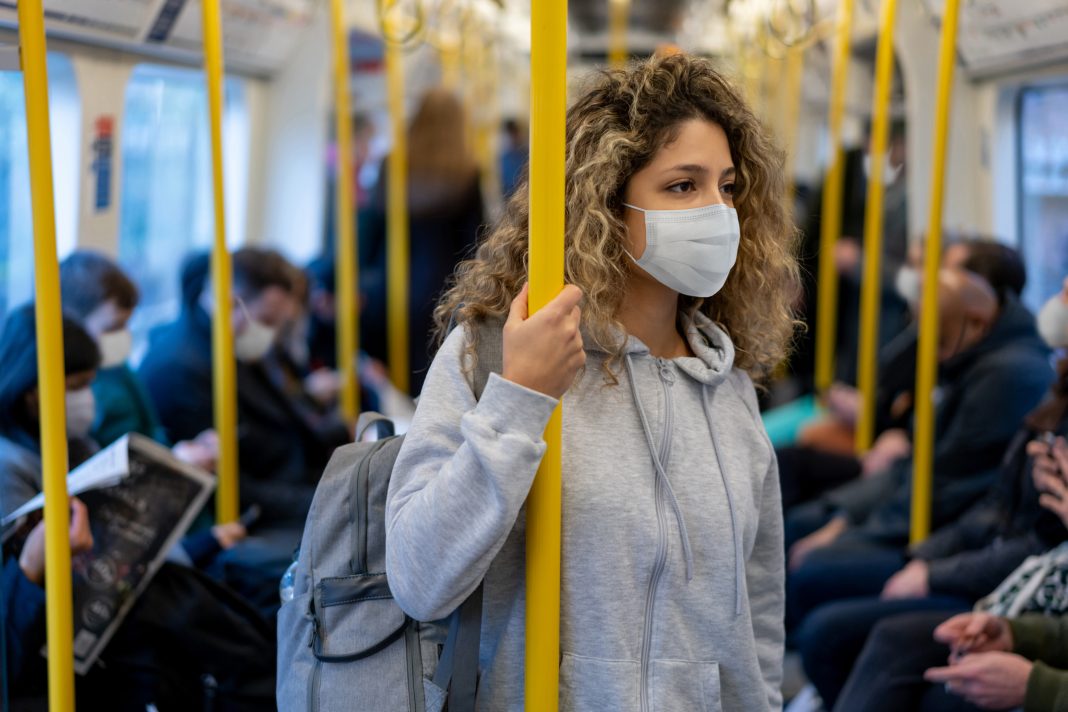Darryl Falzarano, Research Scientist at the Vaccine and Infectious Disease Organization (VIDO), discusses potential solutions that are needed to tackle the coronavirus known as MERS-CoV
The COVID-19 pandemic rapidly brought new tools to protect us from coronaviruses – in the form of effective vaccines and antivirals. While these preventatives and therapeutics provide a basis for the future development of additional countermeasures, current data suggests that these advances do not offer much assistance against another, much more pathogenic coronavirus, known as Middle East respiratory syndrome coronavirus (MERS-CoV).
Since its discovery in 2012, there have been 2,605 reported cases of MERS-CoV, with most cases occurring in the Arabian Peninsula. The comparatively small number of cases has resulted in 936 deaths – a very high (35%) case-fatality rate.
There are no approved vaccines or treatments. Moreover, the fatality rate has remained unchanged since the initial discovery of the virus. While MERS-CoV can to be transmitted between humans, and super spreader events have occurred, human-to-human transmission is generally not sustained.
MERS-CoV is largely a zoonotic problem
Approximately 55% of primary human cases are associated with direct or indirect contact with camelids – almost exclusively dromedary camels. In dromedaries, MERS-CoV presents as a mild to asymptomatic upper respiratory tract infection.
Currently, dromedaries are the only well-characterised zoonotic source of MERS-CoV and, in endemic regions, seropositivity can be as high as 90%. Re-infection of dromedaries has been documented, but the frequency, what immunological parameters prevent subsequent infection, and the role re-infection plays in onward transmission is not well established.
Numerous other species have been investigated to determine if they are involved in MERS-CoV transmission. While horses, pigs, sheep, bats, rabbits, and goats are theoretically susceptible, these species shed little virus and there is no serological evidence of infection from field samples. Rodent species are completely refractory to infection.
Thus, evidence for transmission only exists for camelids (dromedary and Bactrian camels, alpacas, and llamas), humans and some species of nonhuman primates. Whether bats, which are suspected to be the ancestral source of MERS-CoV, play any role in transmission to humans is currently unclear. Dromedaries are also the only species that are noted to experience MERS-CoV infection in natural settings.
Limiting MERS-CoV cases requires a high level of vigilance
Additional cases of MERS-CoV are expected in the Middle East, and in countries where the virus circulates in dromedaries. The World Health Organization (WHO) continues to advocate for strong surveillance measures for acute respiratory infections in at-risk countries.
The potential for exported cases as a result of travel remains a risk. This is best illustrated when a single imported case resulted in 186 confirmed cases and 38 deaths in South Korea and China in 2014.
The risk of transmission from dromedaries to humans from contact should be controlled and good general hygiene measures must be in place. Contact with raw or undercooked products may also pose a transmission risk.
Human cases in healthcare settings can be difficult to identify and, therefore, a high level of infection control and prevention must always be maintained, especially during triage and should be applied in all patient settings. This creates a high burden on healthcare workers and the healthcare system, and it is difficult and expensive to maintain these high levels of infection control over extended timeframes.
A One Health solution: Targeting dromedary camels for vaccination
Given the central role dromedaries play in maintaining and transmitting MERS-CoV, we advocate that dromedary camels, rather than people, should be considered the target for vaccination. Vaccination of dromedaries is reasonable economically as camels are long-lived, relatively high value and there is a considerable, but not unmanageable, population.
However, acknowledging that most dromedaries are seropositive for MERS-CoV, there are questions about whether vaccination would be effective. In the absence of clear correlations of protection, this remains difficult to answer.
Neutralising antibodies are likely required for to prevent infection, and these are suspected to wain over time.
Our lab at the Vaccine and Infectious Disease Organization at the University of Saskatchewan focuses on developing vaccines for camels. Our team uses alpacas as a surrogate model, and continues to try to understand what type of immunity is required to prevent infection. Curtailing MERS-CoV circulation in camels is expected to prevent infection in humans – with one important caveat. If another reservoir species is involved in the maintenance and/or transmission cycle of MERS-CoV, this approach will be less effective.
Zoonotic reservoirs: Is there more to uncover?
A longstanding question is the source of MER-CoV infection in individuals who do not report contact with camelids or camelid products. This is significant as it represents nearly half (approximately 45%) of primary cases. The absence of epidemiological evidence supporting asymptomatic transmission, coupled with a lack of serological data indicative of missed MERS-CoV infections in humans, suggests there must be another zoonotic source of MERS-CoV.
In species investigated to date, there is no virological or serological evidence of infection and laboratory challenge studies, and receptor usage studies suggest that species susceptibility to MERS-CoV is limited – especially when compared to SARS-CoV-2. We urge the continued investigation into novel reservoir species.
Final thoughts: The future of vaccines
Dromedaries play a central role in maintaining and transmitting MERS-CoV. Alternate reservoirs of MERS-CoV may exist but have proven elusive. While MERS-CoV cases remain low, outcomes are still severe and treatments and preventatives are not currently available. Vaccination of camels as a means of preventing human cases may be a viable alternative to developing more costly vaccines for humans.

This work is licensed under Creative Commons Attribution-NonCommercial-NoDerivatives 4.0 International.


